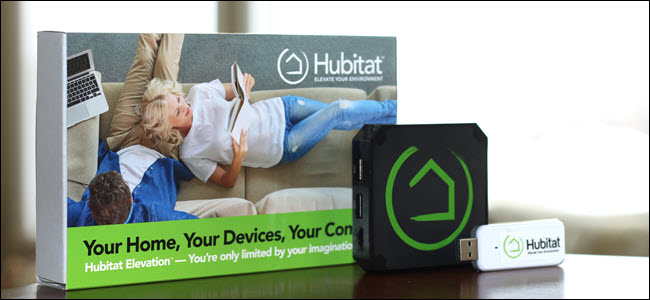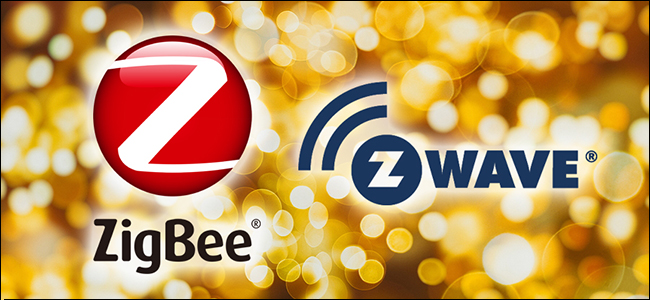How to Set Up a Smarthome Without the Cloud

The easiest smarthome tech uses the cloud to do the heavy lifting. But that means you give up your privacy. And if the company shuts down, so does your smarthome. Here7;s how to bypass the cloud in your smarthome setup.
Why a Locally-Controlled Smarthome?

Cloud-powered smarthomes are feature-rich and include some niceties, but they do come with disadvantages.
First, you have to give up a modicum of privacy. Google, Amazon, Apple, and even Microsoft voice assistants used to record everything you said to them and often sent those recordings to humans for review. While Google, Amazon, and Apple have taken steps to alleviate those concerns, Microsoft still hasn7;t changed anything. Some cloud-powered devices also record your activities. Manufacturers use the information to improve systems, but in some cases, they sell your anonymized data.
Second, if the company cloud that drives your smarthome tech closes up shop or abandons the smarthome category, your devices will no longer work.
This very thing happened with the Lowe7;s Iris and Revolv hubs. Likewise, Best Buy recently announced it7;s shutting down the Insignia smarthome line. So, Insignia smart plugs, cameras, and light switches will stop functioning. And if you have an Insignia Smart Wi-Fi Freezer, soon it will be just a freezer.
If you build a locally controlled smarthome, you sidestep all these issues. Your data doesn7;t leave your home, and even if a manufacturer quits, your devices keep working.
Keep in mind, though, creating a local-controlled smarthome isn7;t for the faint of heart. But here7;s what you need to do to kick the cloud to the curb.
Start with a Locally-Controlled Hub

Every smarthome needs a brain to power it. Unfortunately, most of the time, those ;brains; involve the cloud. For example, both Wink and SmartThings offer hubs with some amount of local control, but they still reach out to the internet for some features.
Thankfully, you have other options, such as Hubitat, an entirely locally controlled hub. Any command you send to it or automation you set up runs at the local level. Another advantage of Hubitat is it7;s a pre-built system. The downside is the process to set it up creates automations similar to complicated router interfaces.
Home Assistant is a build-your-own hub solution. With this option, you get exactly the smarthome you want, with all the features you want. However, you have to do everything yourself, including building the hub from a Raspberry Pi.
Of these two options, Home Assistant7;s interface is more polished, but Hubitat7;s setup process is more user-friendly.
Other options, like OpenHab, offer similar features. In every case, though, you should expect to do more setup than you would with a cloud-friendly hub like Wink.
Also, be careful of which options you enable2;if you connect to a cloud service, all your smarthome data can and will go to the cloud.
Switch to Z-Wave or ZigBee Devices

Now that you have a local hub, you need devices to power your smarthome. Any Wi-Fi-based plugs, bulbs, locks, or switches have to go. Most Wi-Fi smart devices connect to a cloud service to work, even when you use them with a hub.
Instead, use either Z-Wave or ZigBee devices. Which you pick is up to you, but they7;re more similar than different.
Z-Wave devices tend to broadcast at a longer range, so you can place devices farther apart. ZigBee devices create larger mesh networks, so if you have a lot of them, distance isn7;t an issue. Either way, pick one protocol and stick with it as much as possible.
You can purchase Z-wave or ZigBee bulbs, switches, plugs, locks, and more.